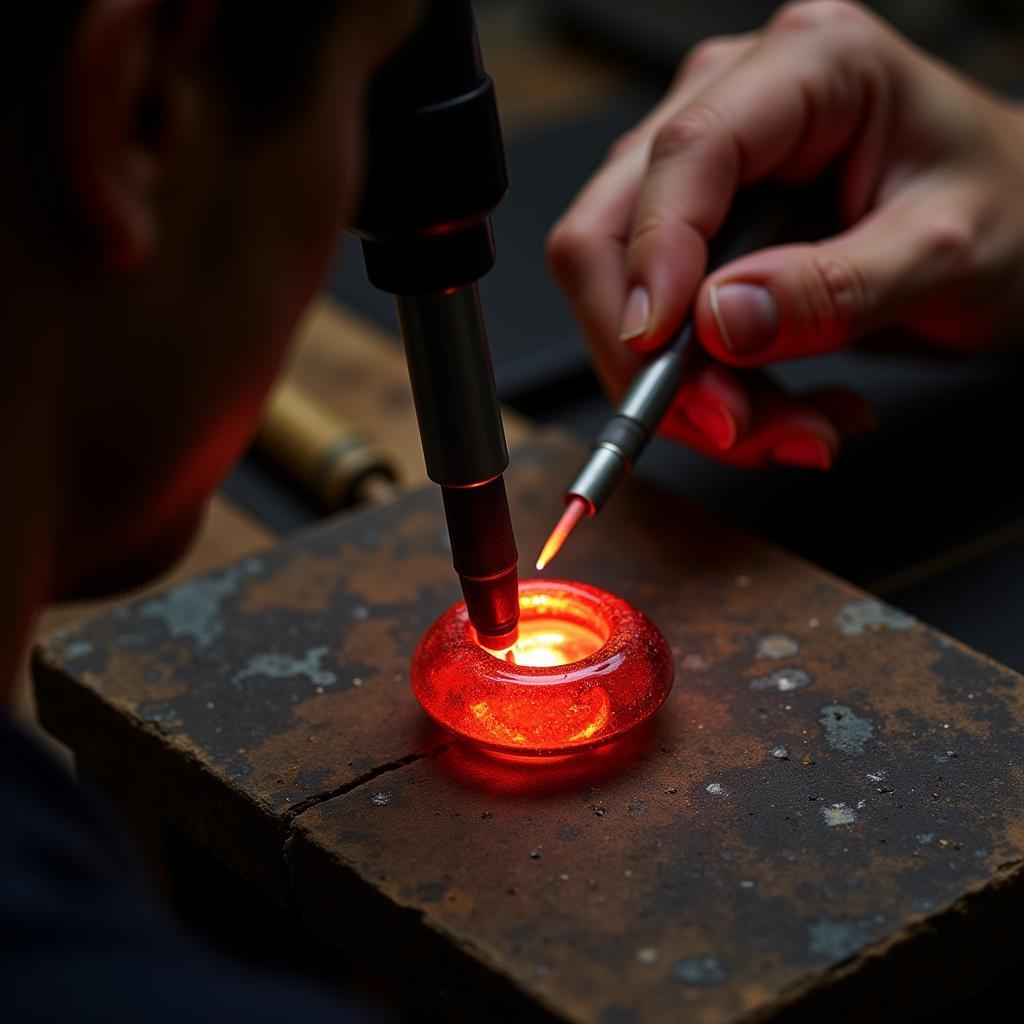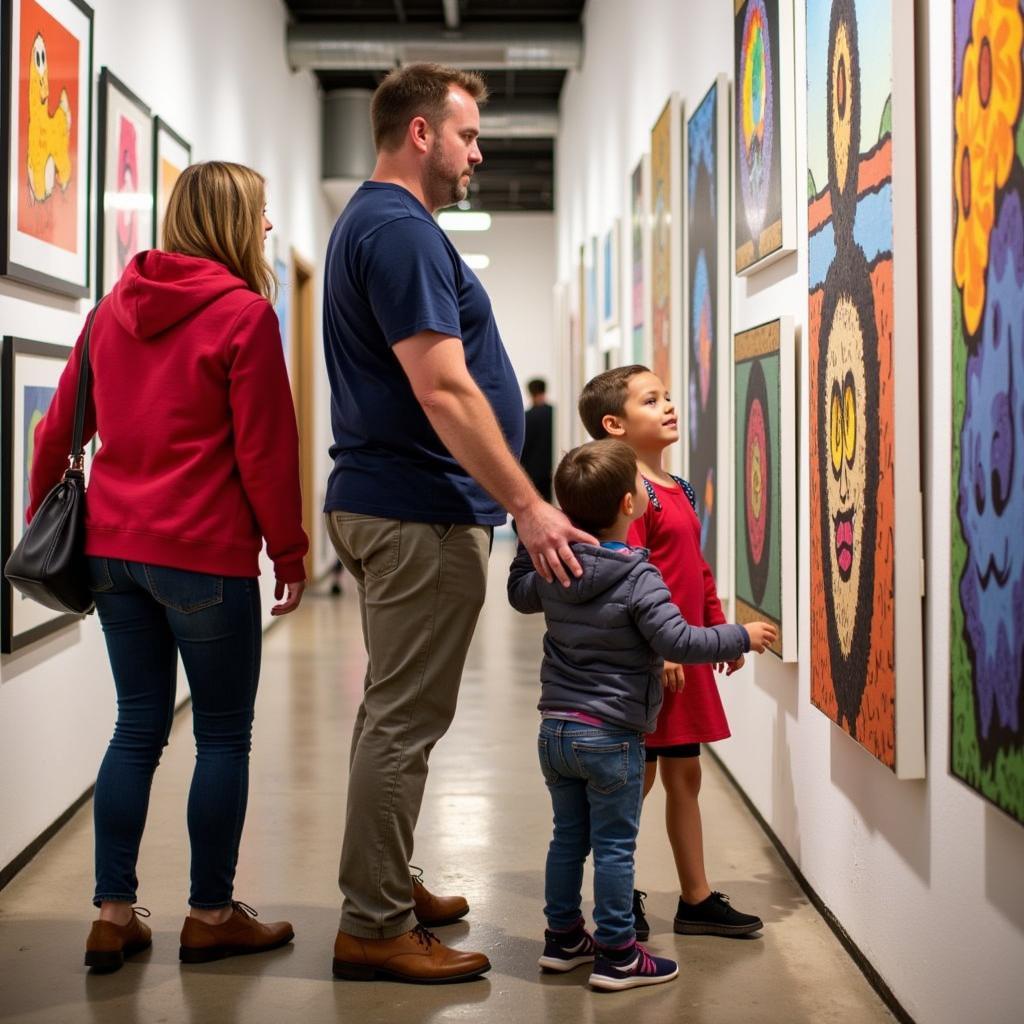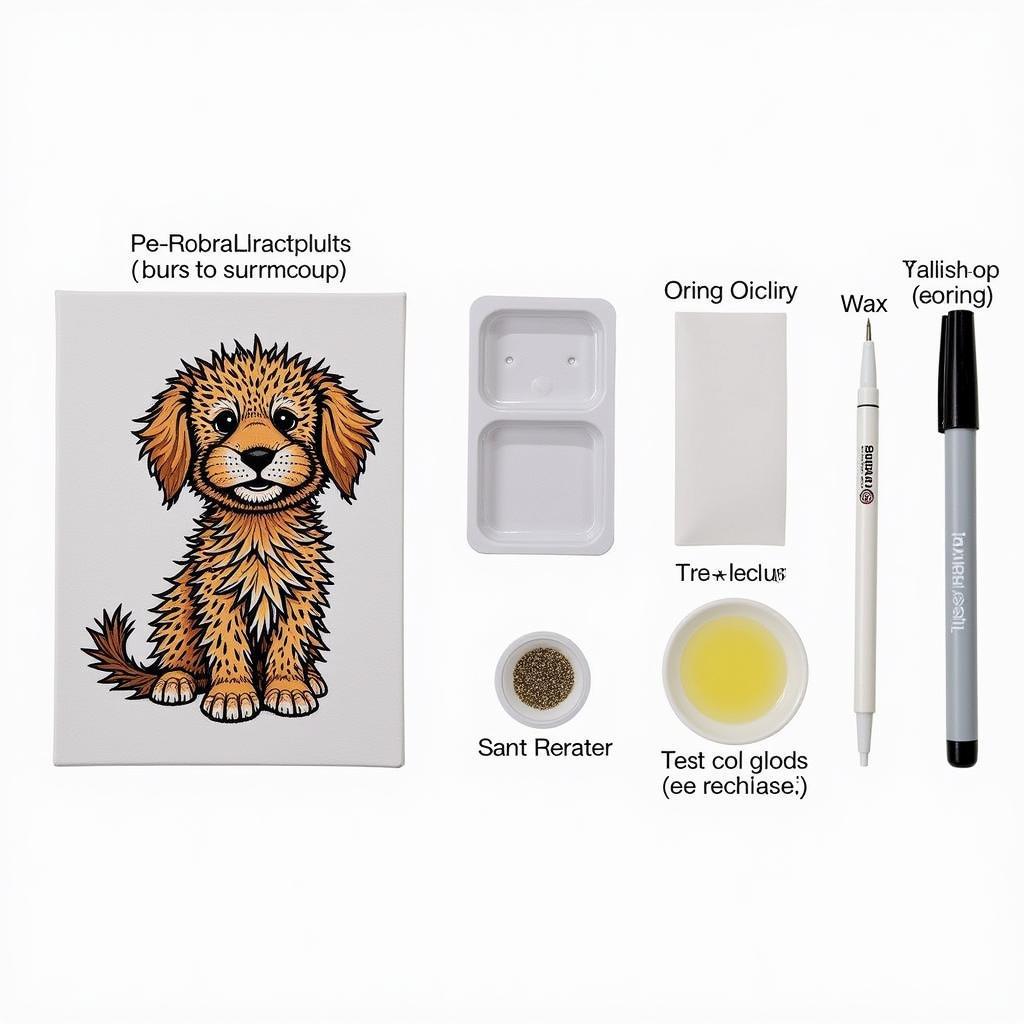Montessori Art Ideas: Unleash Your Child’s Creativity with Engaging Activities
Montessori art activities are a fantastic way to engage your child’s creativity and foster their love for self-expression. By incorporating the Montessori principles of independence, observation, and exploration, you can create a stimulating learning environment where your child thrives.
Embrace the Art of Learning Through Play
Montessori Art Ideas emphasize hands-on learning, allowing children to discover and explore artistic concepts at their own pace. The focus is on the process, encouraging children to experiment, make mistakes, and learn from their experiences. This approach helps build confidence, fosters a love for learning, and encourages critical thinking skills.
Sensory Exploration Through Art
- Color Mixing Adventures: Let your child experiment with primary colors to create a rainbow of hues. Provide various tools like paintbrushes, sponges, cotton balls, and even their fingers for applying paint.
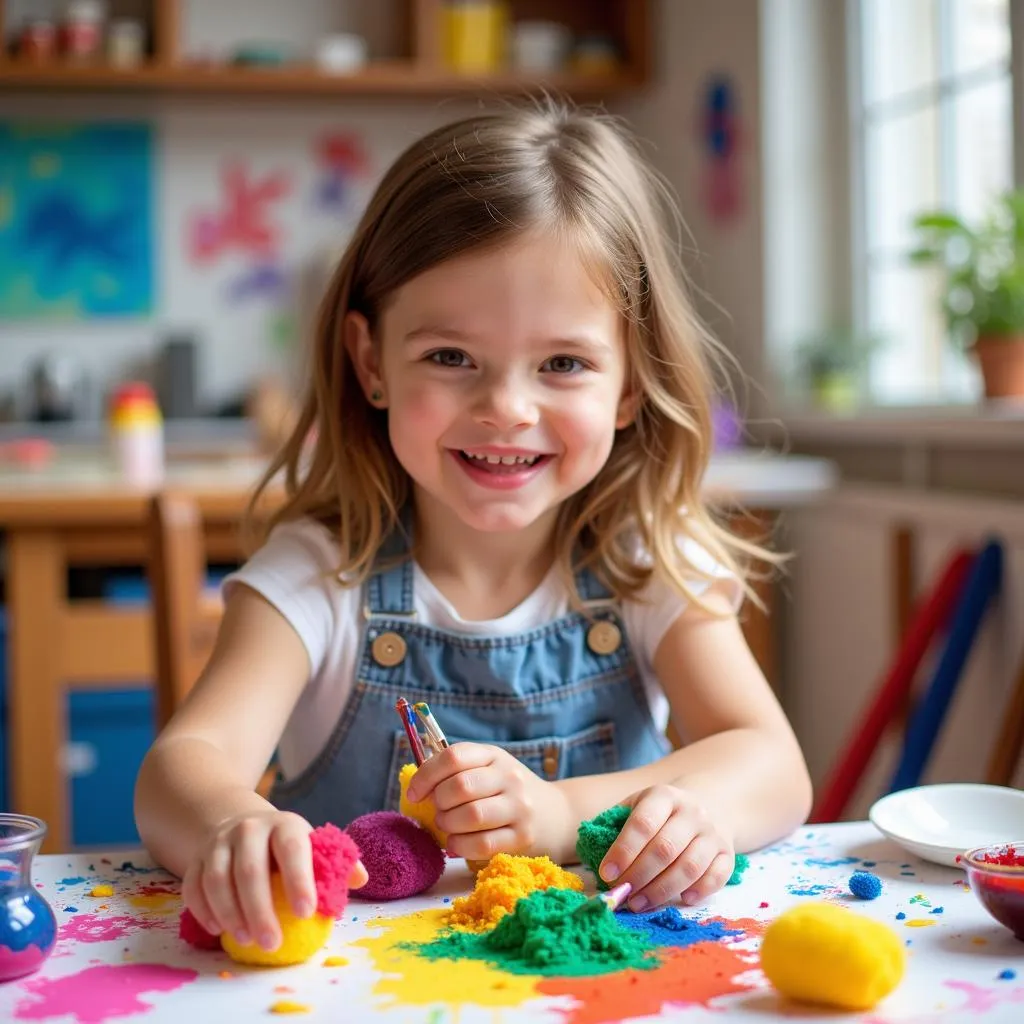 Exploring Color Blends: A Montessori Art Activity
Exploring Color Blends: A Montessori Art Activity - Nature’s Art Palette: Take a walk in nature and collect leaves, flowers, and other natural elements. Use these treasures to create unique patterns, textures, and designs.
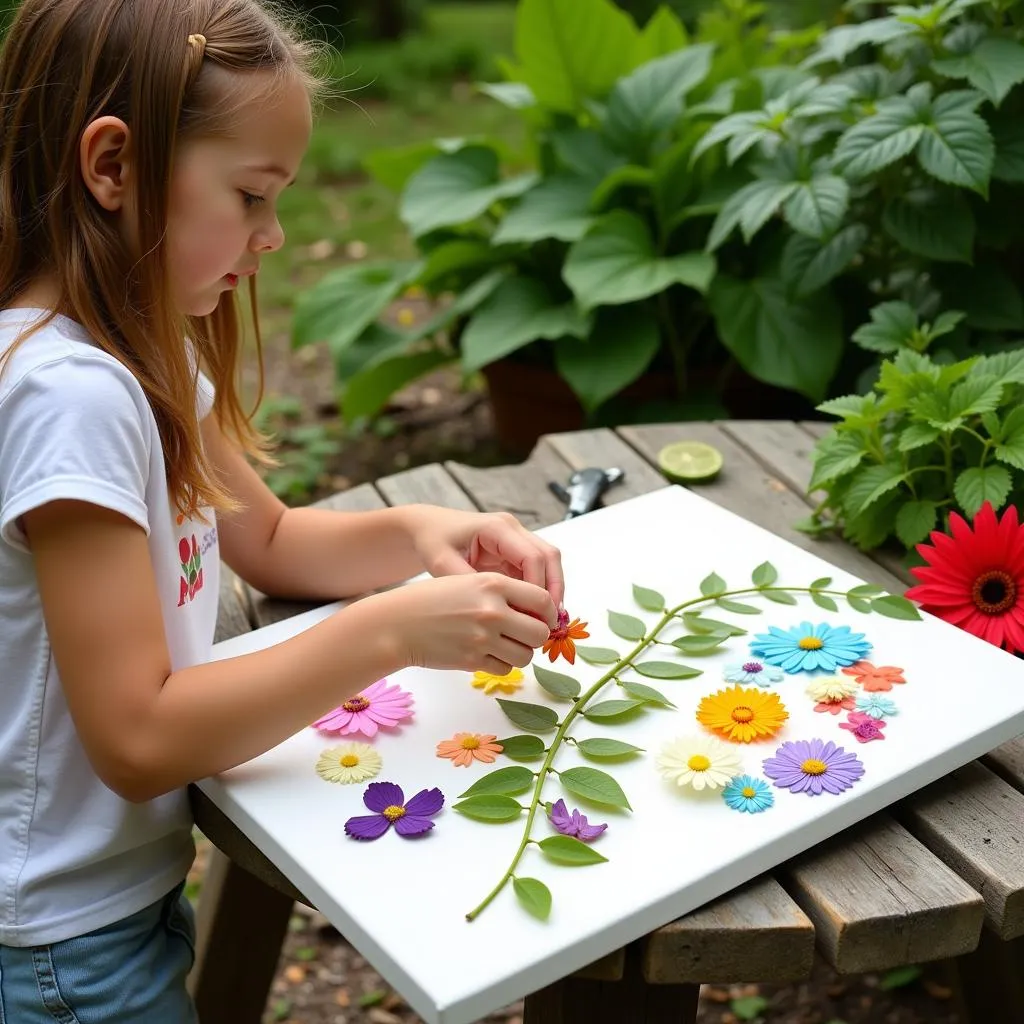 Utilizing Nature for Art Inspiration: A Montessori Approach
Utilizing Nature for Art Inspiration: A Montessori Approach - Textured Art Exploration: Provide a variety of materials like sand, rice, beans, and pasta for your child to explore different textures. Let them create art by using these materials as paint or by embedding them into clay.
 Discovering Textures Through Art: A Montessori Method
Discovering Textures Through Art: A Montessori Method
“Montessori art emphasizes a holistic approach to learning, focusing on the development of the whole child, not just their cognitive skills,” says Dr. Amelia Rose, a leading Montessori educator.
Developing Fine Motor Skills Through Art
Montessori art activities are designed to enhance fine motor skills, hand-eye coordination, and dexterity. These activities help prepare children for writing and other essential skills.
Creative Tools for Small Hands
- Drawing and Painting: Provide a range of drawing tools like crayons, markers, and pencils to encourage your child’s creativity. Introduce different techniques like shading, layering, and blending to enhance their drawing abilities.
- Cutting and Gluing: Provide child-safe scissors and colorful paper for your child to practice cutting and gluing. Engage them in projects like creating collages, greeting cards, or simple paper crafts.
- Bead Stringing and Weaving: Offer different sizes and shapes of beads for your child to string together. Introduce simple weaving projects using yarn and cardboard to further develop their fine motor skills.
“The beauty of Montessori art lies in its focus on process over product,” says Dr. Michael Thompson, a renowned child psychologist. “It allows children to experiment, explore, and develop their own unique artistic style without the pressure of perfection.”
Fostering Independence and Creativity
Montessori art ideas encourage independence by allowing children to choose their own materials, projects, and techniques. This fosters a sense of self-reliance and creativity.
Setting Up a Creative Space
- Art Station Organization: Create a designated art station with shelves and baskets for easy access to art supplies. Label containers clearly so your child can easily locate and select the materials they need.
- Open-Ended Art Supplies: Provide a variety of art supplies that encourage open-ended exploration. These include crayons, markers, paint, clay, construction paper, fabric scraps, and natural materials.
- Displaying Artwork: Encourage your child’s creativity by displaying their artwork proudly in a dedicated space. This fosters a sense of accomplishment and encourages further exploration.
“Montessori art provides a platform for children to express themselves freely and explore their creativity without limitations,” says Mrs. Sarah Williams, a Montessori art teacher.
Conclusion
Montessori art ideas offer a unique approach to nurturing your child’s creativity, independence, and fine motor skills. By embracing the principles of hands-on learning, observation, and exploration, you can unlock your child’s potential for artistic expression and ignite their love for learning.
FAQ
Q: What are some examples of Montessori art activities for toddlers?
A: Toddlers can enjoy activities like finger painting, creating sensory bottles with colored water and beads, and exploring different textures with playdough.
Q: How can I encourage my child’s creativity through art?
A: Provide open-ended art materials, create a safe space for exploration, and allow your child to express themselves freely without judgment.
Q: What are the benefits of Montessori art activities?
A: These activities foster independence, creativity, fine motor skills, and a love for learning.
Q: How can I create a Montessori art station at home?
A: Organize your art supplies clearly, provide a variety of materials, and display your child’s artwork to showcase their creativity.
Q: What are some additional resources for Montessori art ideas?
A: You can find inspiration from Montessori art books, websites, and online communities.
